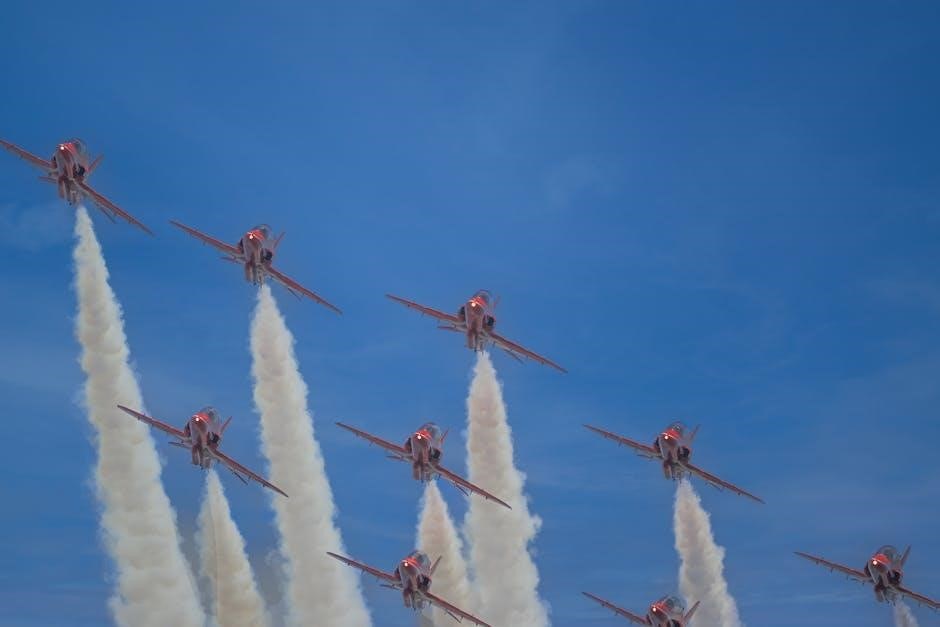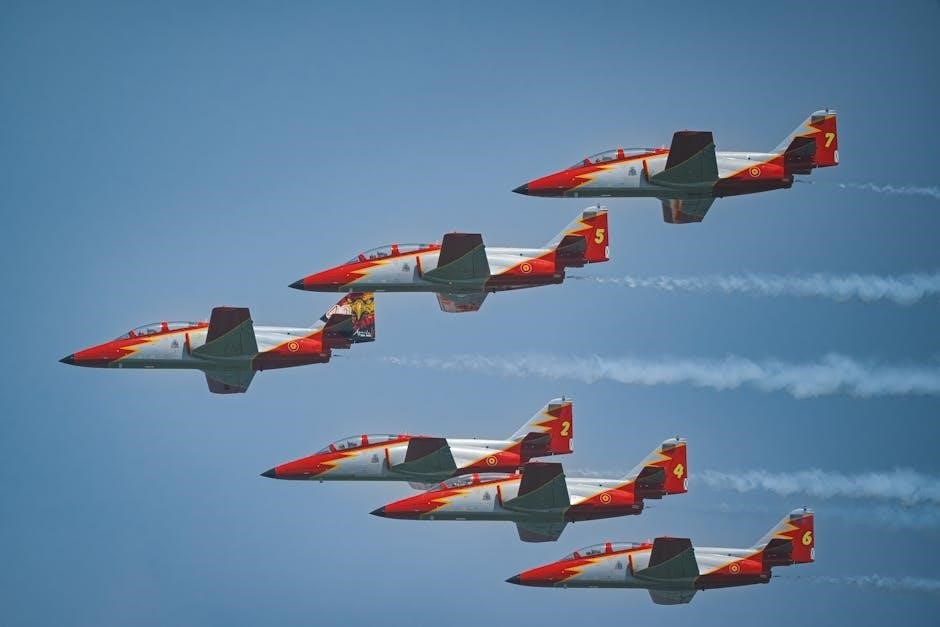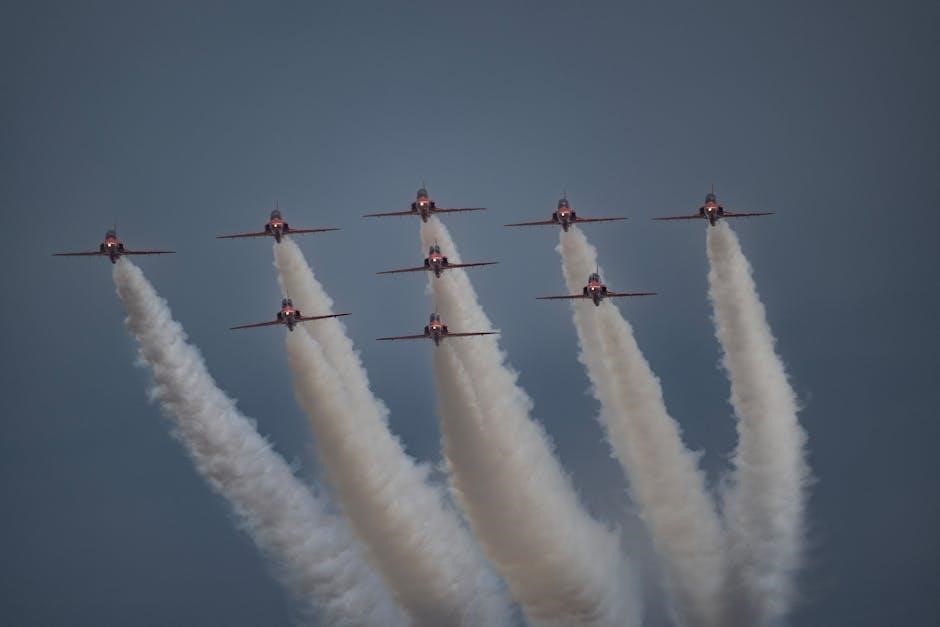Stanley planes are iconic woodworking tools with a rich history, offering unparalleled craftsmanship and precision. This guide provides essential insights for collectors, focusing on identification, valuation, and historical significance to help enthusiasts make informed decisions and appreciate these timeless tools.
1.1 Historical Background of Stanley Planes
Stanley planes, trusted tools for woodworkers since 1857, were first introduced by Frederick Stanley. The company’s early success was bolstered by the acquisition of Leonard Bailey’s plane patents in 1869. Under Bailey’s leadership, Stanley planes became renowned for their precision and durability, setting industry standards. The 1902 introduction of the Bailey bench plane solidified Stanley’s reputation, making their planes indispensable for woodworking. This legacy continues to inspire collectors and craftsmen today.
1.2 Importance of Identification and Value Assessment
Accurate identification and valuation of Stanley planes are crucial for collectors and enthusiasts. Understanding model specifics, patent dates, and condition helps determine authenticity and worth. Rare or vintage planes can command high prices, making precise assessment essential for informed buying or selling. This guide offers insights to navigate the complexities of Stanley plane evaluation, ensuring collectors maximize their investments and appreciate these tools’ historical and practical value.

Types and Models of Stanley Planes
Stanley planes include iconic models like the Bailey line, Sweetheart, and Bed Rock, each designed for specific tasks such as smoothing, joining, or blocking. Collectors treasure these tools for their craftsmanship and historical significance, making identification and differentiation between models essential for understanding their unique value and purpose in woodworking.
2.1 Common Stanley Plane Models
The most common Stanley plane models include the No. 4 Smoothing Plane and the No. 5 Jack Plane, both widely used for general woodworking tasks. The No. 4 is ideal for smoothing surfaces, while the No. 5 is designed for dimensioning and preparing wood for finishing. Other popular models are the No. 6 Fore Plane and the No. 7 Jointer, known for their larger sizes and specialized functions. These models are highly sought after by collectors due to their historical significance and versatility in woodworking. The evolution of Stanley planes over the decades has led to slight design improvements, but their core functionality remains unchanged, making them timeless tools for both professionals and enthusiasts.
2.2 Rare and Specialty Planes
Rare and specialty Stanley planes are highly sought after by collectors due to their limited production runs or unique features. Examples include the Stanley No. 1, a compact smoothing plane, and the No. 8, designed for precise jointing. Specialty planes like the No. 10 Rabbet Plane and the No. 12 Scrub Plane offer specific functionalities. These models often command higher prices due to their rarity and historical significance, making them valuable additions to any collection.

Key Features for Identification
Key features for identifying Stanley planes include patent dates, manufacturing marks, and distinct design elements that reflect their era and model. These details are crucial for accurate identification and valuation, helping collectors determine the plane’s age, rarity, and historical significance, ensuring authenticity and informed decision-making in the collecting process.
3.1 Understanding Patent Dates and Marks
Patent dates and marks on Stanley planes are crucial for determining their age and historical context. These marks, often found on the base or lateral adjustment lever, indicate when specific features were patented. For example, planes with “Pat. Applied For” suggest an early production model. Over time, Stanley updated these marks to reflect new patents, providing collectors with a timeline for identification. Understanding these details helps in accurately dating and valuing the planes, ensuring authenticity and historical accuracy for collectors and enthusiasts alike.
3.2 Distinguishing Physical Characteristics
Stanley planes are distinguished by their cast iron construction, frog and blade design, and adjustable features. Early models often feature a “round” frog, while later versions have a “rectangular” frog. The tote and knob handles vary in materials, from wood to metal. The planes’ adjustable mechanisms, such as the lateral lever and depth adjuster, are key identifiers. The finish, including nickel-plating or black enamel, and the presence of patent marks, also aid in distinguishing different models and eras, helping collectors accurately identify and date their tools.

Determining the Age of Stanley Planes
Stanley planes’ age can be determined through historical production timelines, design evolution, and specific manufacturing details, offering insights into their development over the years.
4.1 Using Patent Dates for Dating
Patent dates are crucial for dating Stanley planes, often stamped on the base or iron. They indicate when specific features were introduced, helping identify the plane’s era. Early models feature dates like “APRIL 19, 1886,” while later ones reflect design updates. Although patent dates don’t always pinpoint the exact year, they provide a chronological framework, essential for collectors and restorers; This method, combined with other identification techniques, offers insights into the plane’s history and evolution over time.
4.2 Evolution of Design and Features Over Time
Stanley planes underwent significant design improvements over the years, reflecting advancements in woodworking practices. Early models featured simpler mechanisms, while later versions incorporated adjustments like the knuckle joint and improved frog designs. The evolution of materials, such as the introduction of stainless steel, enhanced durability. These changes not only improved functionality but also provide collectors with a timeline to track the development of specific models, offering insights into their historical and practical value.

Assessing the Condition of Stanley Planes

Evaluating the condition of Stanley planes involves inspecting for wear, rust, and damage. The blade’s sharpness, handle integrity, and mechanism functionality are key factors. Restoration can impact value, so originality is crucial for collectors seeking authenticity and optimal worth.
5.1 Evaluating Wear and Tear
Evaluating wear and tear on Stanley planes involves assessing the tool’s physical condition, focusing on the blade’s sharpness, handle integrity, and sole’s flatness. Rust, dents, and scratches can indicate age and use. Check for functional mechanisms and smooth operation. Minor scratches may be acceptable, but significant damage or rust can lower value. Cleanliness and maintenance history are also crucial, as a well-maintained plane suggests better care and potentially higher value.
5.2 The Impact of Restoration on Value
Restoration can significantly affect the value of Stanley planes, with light refinishing often preserving worth, while over-restoration may reduce it. Collectors typically prefer planes with original finishes and minimal alterations. Extensive restoration, such as replacing original parts or excessive polishing, can lower value, as it compromises historical authenticity. However, necessary repairs to ensure functionality are generally accepted. The balance between preservation and restoration is crucial for maintaining a plane’s collectible value and appeal to enthusiasts.

Understanding Market Value
Stanley planes’ market value is shaped by factors like rarity, condition, and historical significance, influencing collector demand and pricing trends over time.

6.1 Factors Influencing the Value of Stanley Planes
The value of Stanley planes is influenced by several key factors, including rarity, condition, age, and historical significance. Rare models, such as those with unique patents or limited production runs, typically command higher prices. Additionally, planes in excellent condition with minimal wear and tear are more sought after by collectors. The historical background and the reputation of the tool also play a significant role in determining their market value. Furthermore, current market trends and collector demand can fluctuate, impacting the overall worth of these tools. As a result, understanding these factors is crucial for both buyers and sellers to make informed decisions in the market.
6.2 Current Market Trends and Pricing
Current market trends show a steady demand for Stanley planes, with rare and well-maintained models commanding premium prices. Pricing varies significantly based on condition, rarity, and historical significance, with rare models often fetching hundreds or even thousands of dollars; The market is influenced by collector demand, auctions, and the availability of specific models. As a result, accurate identification and condition assessment are crucial for determining fair market value and ensuring successful transactions for both buyers and sellers.

Tips for Collectors
For collectors, buying from reputable dealers, inspecting planes before purchase, and keeping maintenance records is crucial. Knowing when to restore or preserve patina, seeking expert appraisals, and exploring auctions or estate sales can uncover rare finds.
7.1 How to Spot Rare or Valuable Planes
Spotting rare or valuable Stanley planes requires a keen eye for detail. Look for unique model numbers, early patent dates, and distinctive physical features. Rarity often lies in limited production runs or special-purpose designs. Unusual finishes, such as nickel-plating or brass components, can signify higher value. Additionally, historical provenance or association with notable craftsmen can elevate a plane’s worth. Always cross-reference with collector guides and expert appraisals to confirm authenticity and value.
7.2 Avoiding Common Mistakes in Identification
Common mistakes in identifying Stanley planes often stem from overcleaning, which can erase vital patent dates or damage finishes. Others include ignoring subtle model differences or misjudging rarity based on incomplete information. Avoid assuming all planes are standard—specialty models can be easily overlooked. Always consult detailed collector guides and seek expert opinions to ensure accurate identification and avoid costly errors in valuation or restoration decisions.

Maintenance and Restoration
Proper cleaning and lubrication are key to maintaining Stanley planes. Avoid harsh chemicals and abrasive materials that can damage finishes or remove critical patents. Restoration should focus on preserving functionality while retaining original character, using period-appropriate methods and materials to ensure authenticity and value retention.
8.1 Best Practices for Cleaning and Maintaining
Regularly clean Stanley planes with a soft brush or cloth to remove debris. Use mild soap and water for stubborn grime, but avoid harsh chemicals that can damage finishes. Lubricate moving parts with light oil to ensure smooth operation and prevent rust. For rusted areas, gently scrape with a wire brush and apply a rust-inhibiting oil. Store planes in a dry, cool place to maintain condition and longevity.
8.2 When and How to Restore a Stanley Plane
Restore Stanley planes when they show significant wear, rust, or damaged components. Start by disassembling the plane and stripping old finishes; Use a wire brush to remove rust, then apply a rust-inhibiting oil. Refinish using traditional methods like japanning or painting. Replace any broken or worn parts with authentic or compatible components. Reassemble carefully, ensuring proper alignment and functionality. Restoration preserves value and ensures the tool remains functional for years to come.